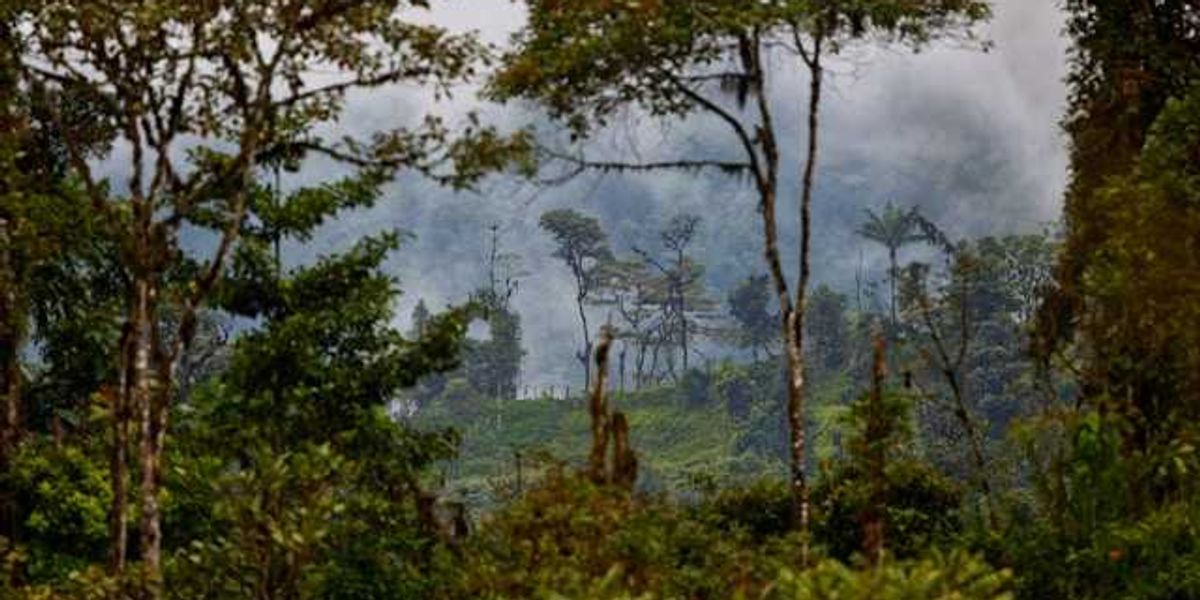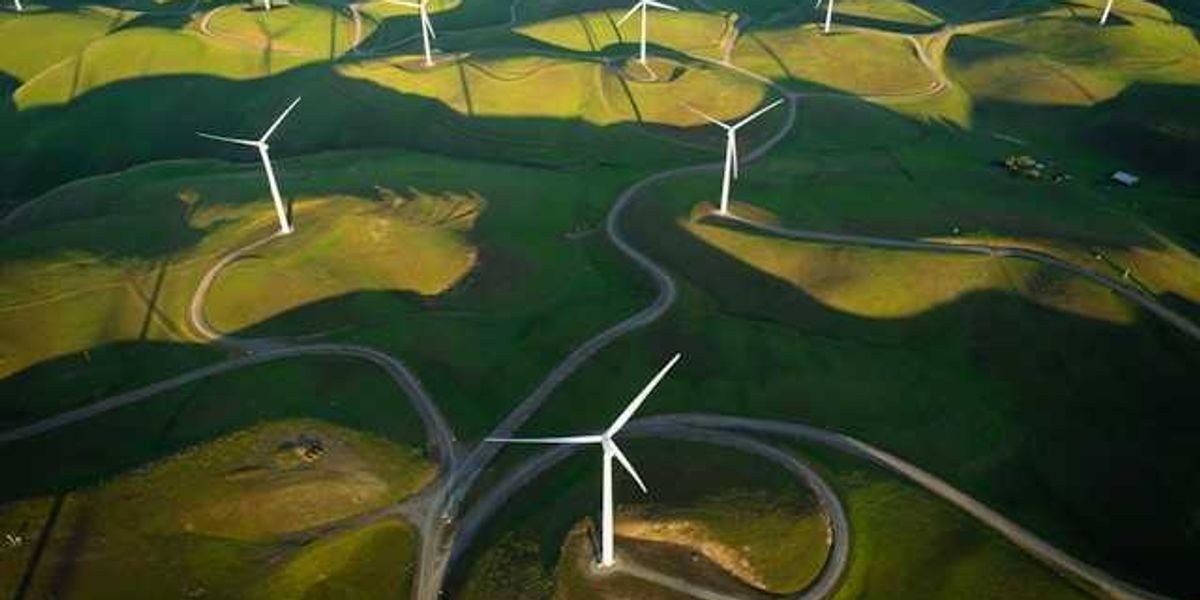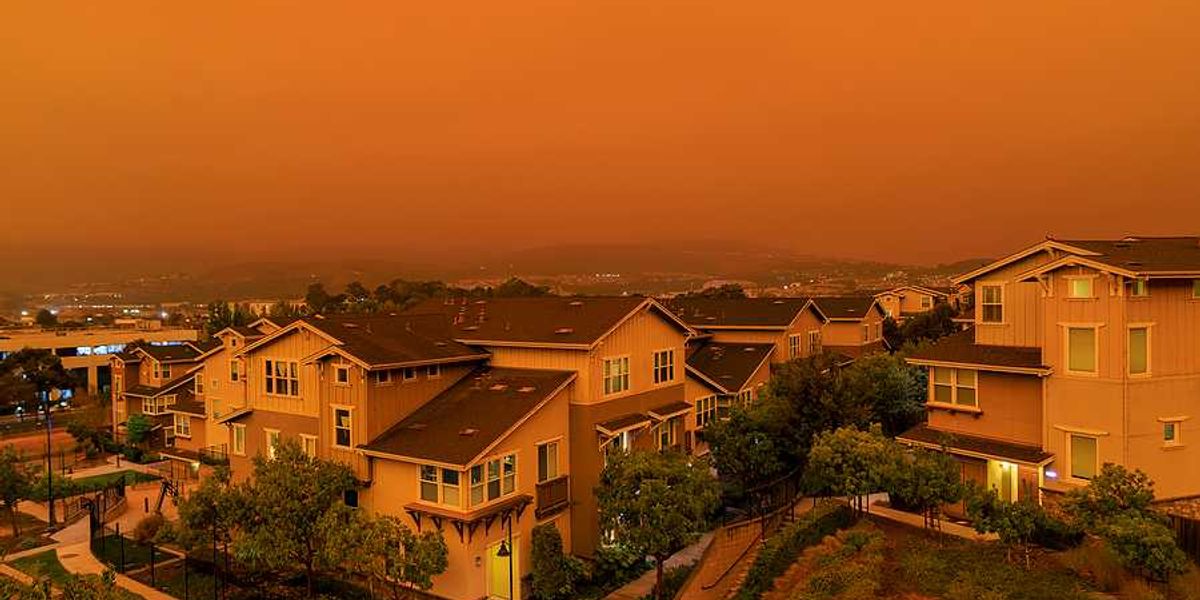Texas flood disaster reveals rising human cost of climate-fueled extreme weather
The July 4 flash flood in Texas killed at least 109 people, including children at a summer camp, and highlighted how climate change is accelerating catastrophic weather while federal protections unravel.
Abrahm Lustgarten reports for ProPublica.
In short:
- A rare confluence of two saturated storm systems dumped 20 inches of rain on south central Texas, causing the Guadalupe River to rise over 26 feet in 45 minutes and kill more than 100 people.
- Local authorities failed to install warning systems along the river despite past flooding and known vulnerabilities, and federal emergency services are being cut under the Trump administration.
- The administration has also slashed climate research and weather forecasting budgets, eliminated disaster cost reporting, and canceled key programs aimed at transitioning the country to cleaner energy.
Why this matters:
Climate-driven disasters are becoming deadlier, more erratic, and more expensive. In Texas, the July 4 flood joins a string of recent extreme weather events that show how warming oceans, disrupted air currents, and increased atmospheric moisture can converge into sudden catastrophe. Scientists warn these aren’t isolated events but symptoms of a deepening global crisis. Yet the federal government is retreating from scientific forecasting, emergency preparedness, and decarbonization efforts — leaving local communities exposed.
Related: New poll shows Americans bracing for more dangerous weather events













